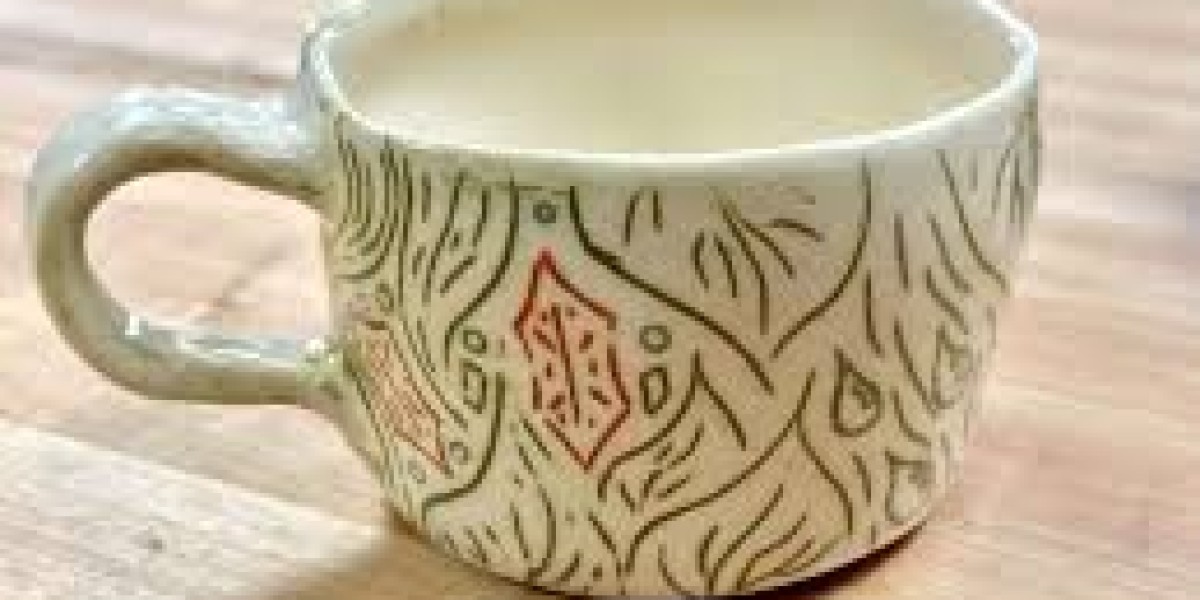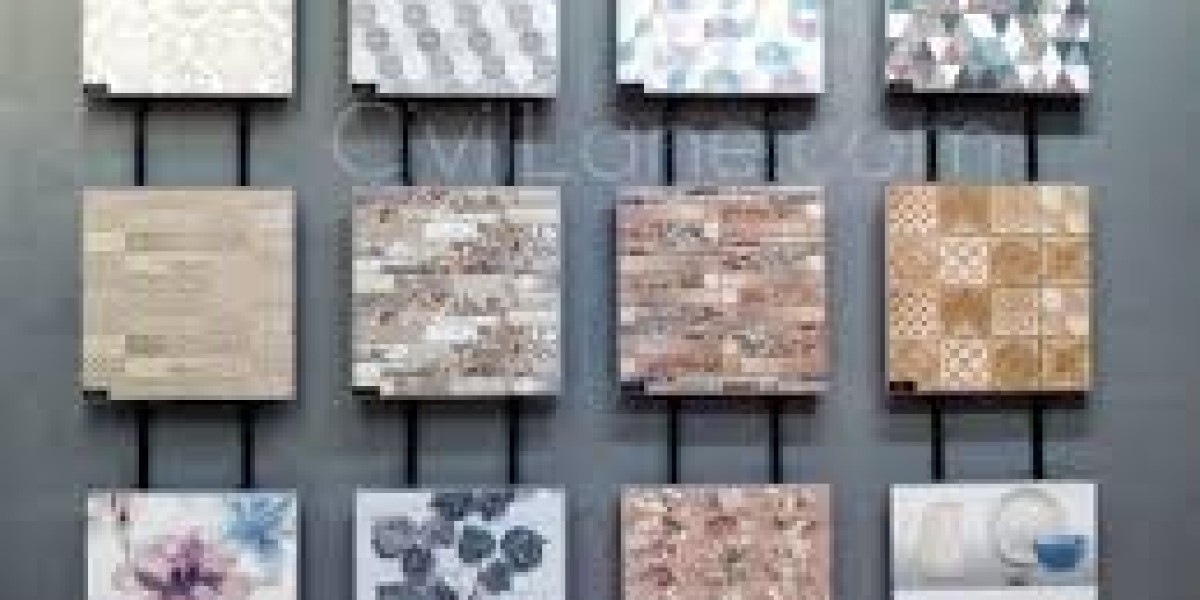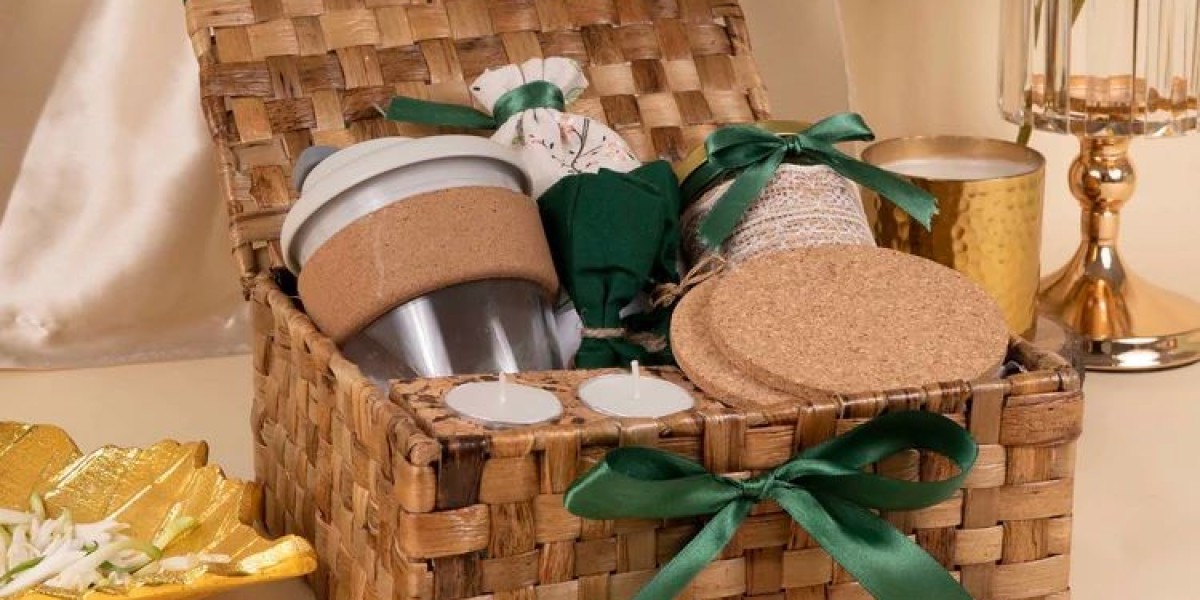ceramics, one of the oldest and most enduring forms of human creativity, have played a pivotal role in the development of civilizations across the globe. From functional vessels to intricate works of art, ceramics have been a medium through which cultures have expressed their identity, beliefs, and technological advancements. This article explores the evolution of ceramics over 1500 years, highlighting its cultural, artistic, and scientific significance.
Ancient Beginnings: The Foundation of Ceramics
The history of ceramics dates back to prehistoric times, with the earliest known pottery fragments discovered in East Asia around 20,000 years ago. However, it was during the Neolithic period (around 10,000 BCE) that ceramics began to take on a more defined role in human societies. Early humans discovered that clay, when shaped and fired, could create durable containers for storing food and water. This marked the beginning of a technological revolution that would shape the course of human history.
By 1500 years ago, during the late antiquity period, ceramics had already become a sophisticated craft. The Roman Empire, for instance, was renowned for its production of terra sigillata, a type of fine, red-gloss pottery that was widely traded across the Mediterranean. Similarly, in East Asia, the Chinese were perfecting the art of porcelain, a translucent and highly durable form of ceramic that would later become a symbol of Chinese culture and craftsmanship.
Medieval Innovations: The Golden Age of Ceramics
The medieval period (500–1500 CE) witnessed significant advancements in ceramic technology and artistry. In the Islamic world, potters developed intricate techniques such as lusterware, which involved applying metallic glazes to create shimmering, iridescent surfaces. These ceramics were not only functional but also served as decorative pieces, often adorned with geometric patterns and calligraphy that reflected the cultural and religious values of the time.
In Europe, the production of ceramics was closely tied to the rise of feudalism and the growth of urban centers. Pottery workshops began to emerge in cities, producing a wide range of vessels for everyday use. The introduction of the potter's wheel and kiln technology allowed for greater precision and consistency in ceramic production. Meanwhile, in the Americas, indigenous cultures such as the Maya and the Moche were creating elaborate ceramic sculptures and vessels that depicted their gods, rulers, and daily life.
The Renaissance and Beyond: Ceramics as Art
The Renaissance period (14th–17th centuries) marked a turning point in the history of ceramics, as the medium began to be recognized as a form of fine art. In Italy, the rise of maiolica—a type of tin-glazed earthenware—ushered in a new era of ceramic artistry. Painted with vibrant colors and intricate designs, maiolica pieces were highly sought after by the elite and often displayed as symbols of wealth and status.
During the same period, the Chinese continued to dominate the global ceramic trade with their exquisite porcelain. The Ming Dynasty (1368–1644) is particularly renowned for its blue-and-white porcelain, which was exported to Europe, the Middle East, and beyond. The demand for Chinese porcelain was so great that it inspired European potters to develop their own versions, leading to the establishment of famous porcelain manufactories such as Meissen in Germany and Sèvres in France.
Industrial Revolution: The Democratization of Ceramics
The 18th and 19th centuries saw the industrialization of ceramic production, making it more accessible to the masses. The invention of the steam engine and the development of mass-production techniques allowed for the rapid and cost-effective manufacture of ceramics. This period also saw the rise of iconic ceramic brands such as Wedgwood in England, which became synonymous with quality and innovation.
The Industrial Revolution also brought about new materials and techniques, such as bone china and transfer printing, which further expanded the possibilities of ceramic design. As a result, ceramics became an integral part of everyday life, from tableware and sanitary ware to architectural elements like tiles and bricks.
Modern and Contemporary Ceramics: A Medium of Expression
In the 20th and 21st centuries, ceramics have continued to evolve, transcending their utilitarian origins to become a medium for artistic expression. Modernist artists such as Pablo Picasso and Joan Miró experimented with ceramics, blurring the lines between fine art and craft. Meanwhile, contemporary ceramic artists like Grayson Perry and Ai Weiwei have used the medium to explore complex social, political, and cultural themes.
Today, ceramics are also at the forefront of technological innovation. Advanced ceramics, such as those used in aerospace, electronics, and medical devices, demonstrate the material's versatility and enduring relevance. At the same time, there is a growing appreciation for traditional ceramic techniques and the handmade, as seen in the resurgence of studio pottery and artisanal crafts.
Conclusion: The Timeless Appeal of Ceramics
Over the past 1500 years, ceramics have undergone a remarkable transformation, from simple earthenware vessels to cutting-edge technological materials. Yet, despite these changes, the essence of ceramics remains the same: a fusion of art, science, and culture. Whether as a functional object, a work of art, or a technological marvel, ceramics continue to captivate and inspire, reminding us of the enduring power of human creativity.
As we look to the future, ceramics will undoubtedly continue to play a vital role in shaping our world, bridging the gap between tradition and innovation, and connecting us to our shared heritage.









